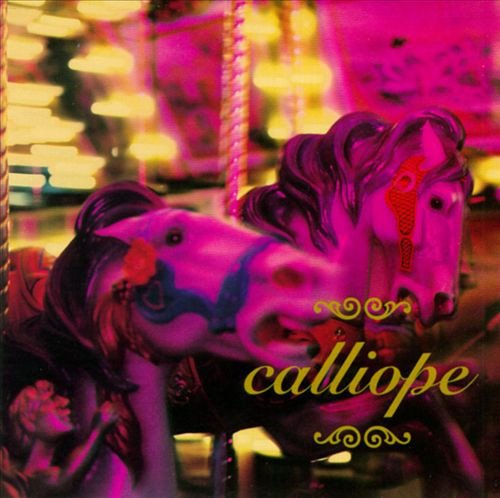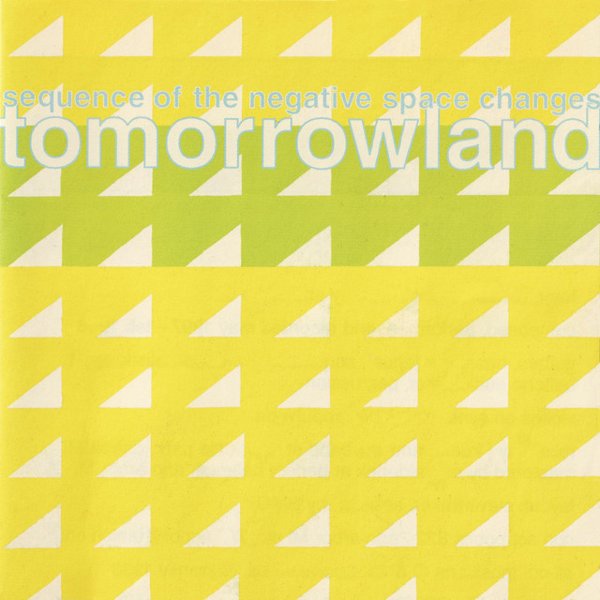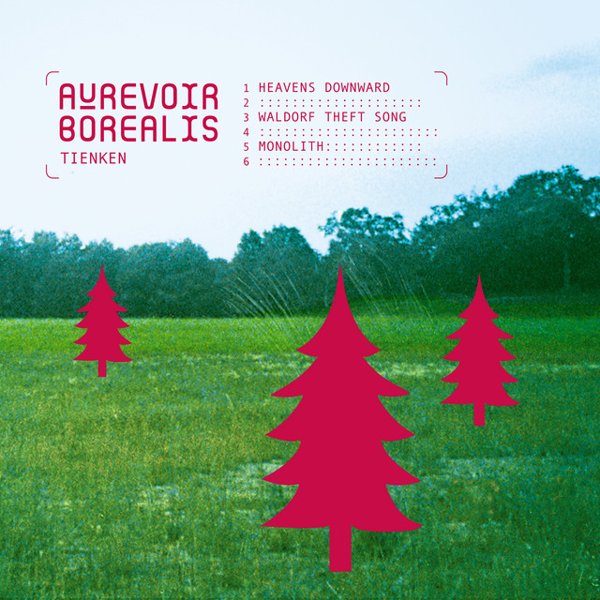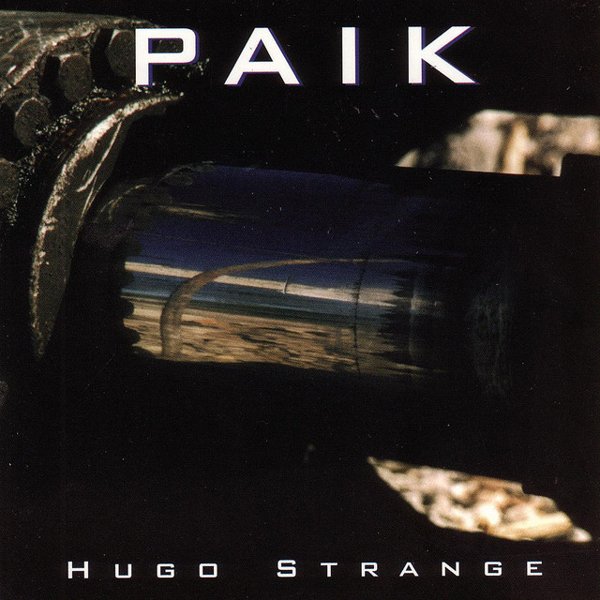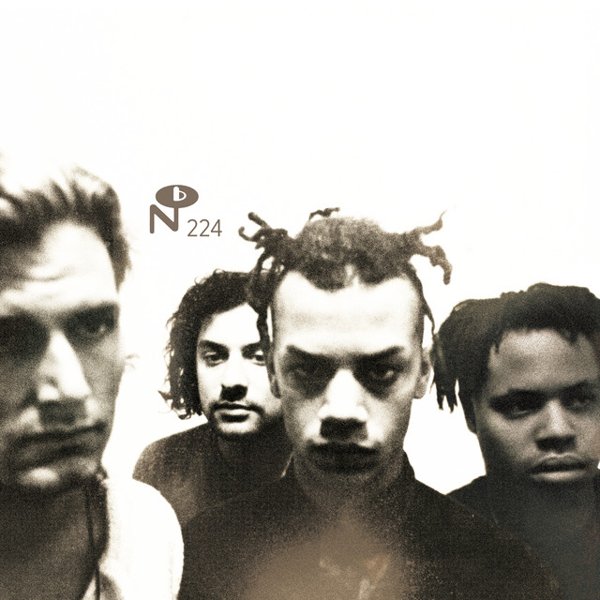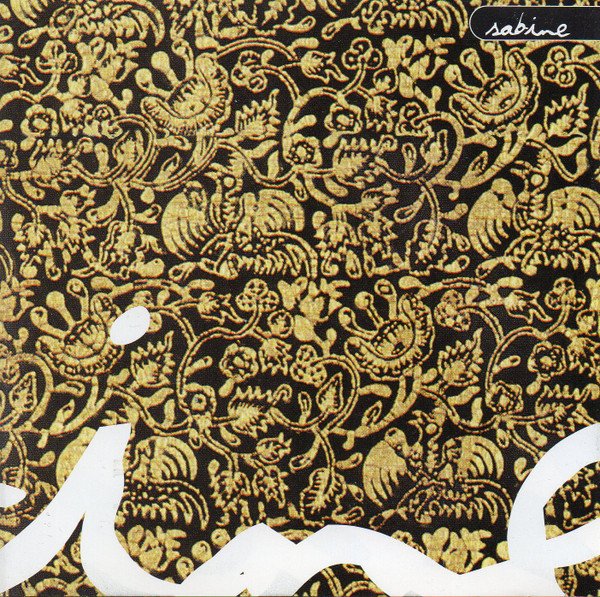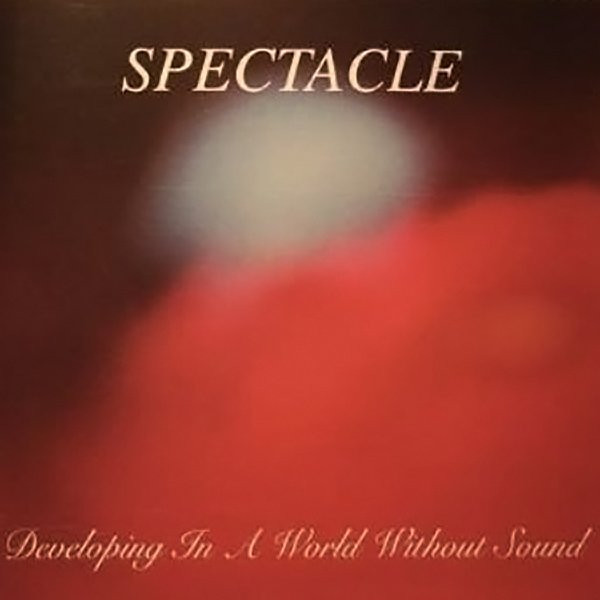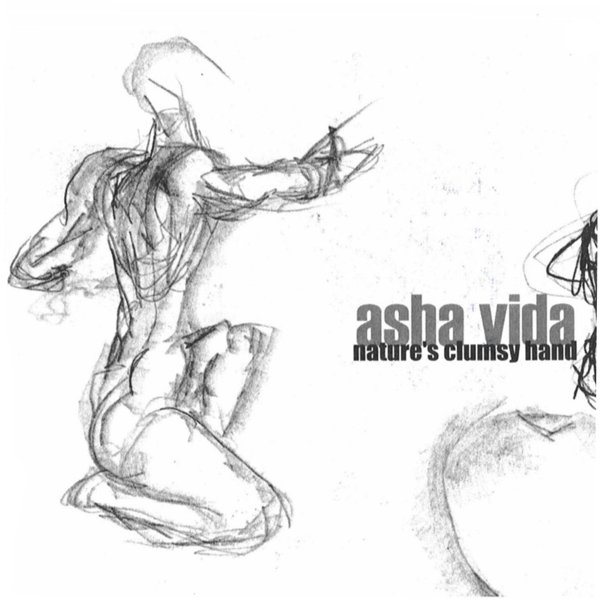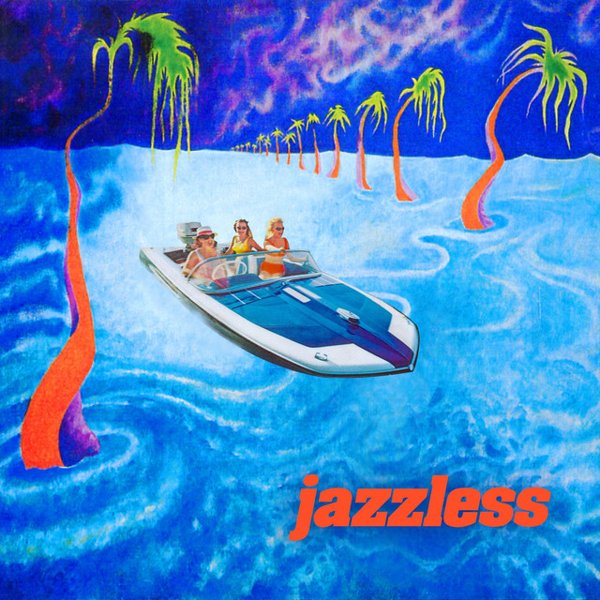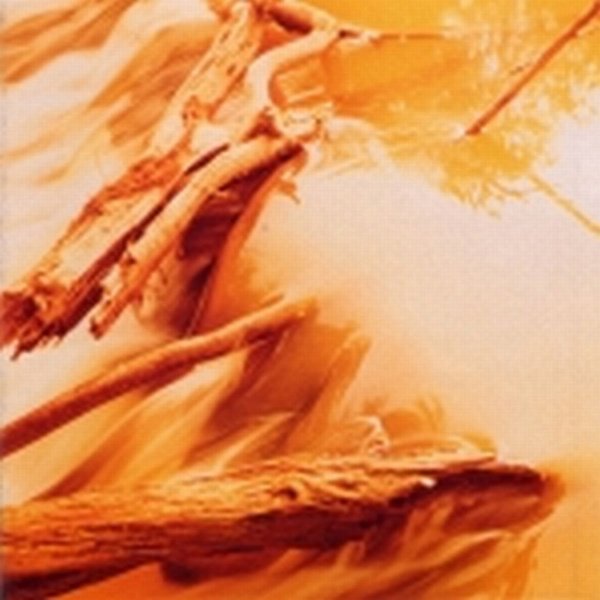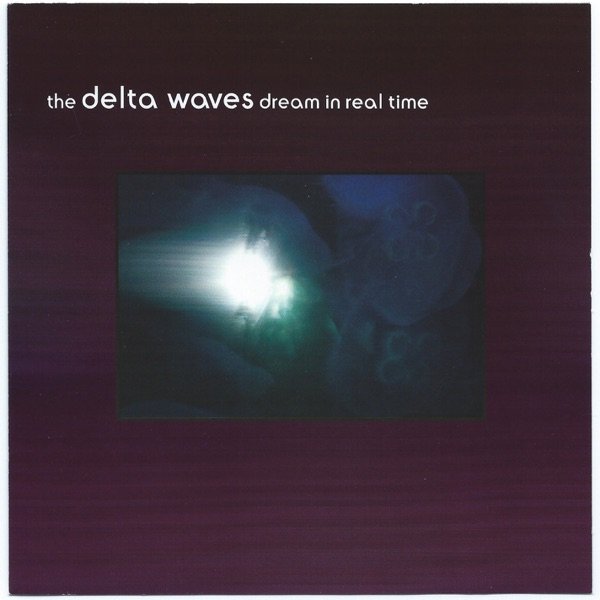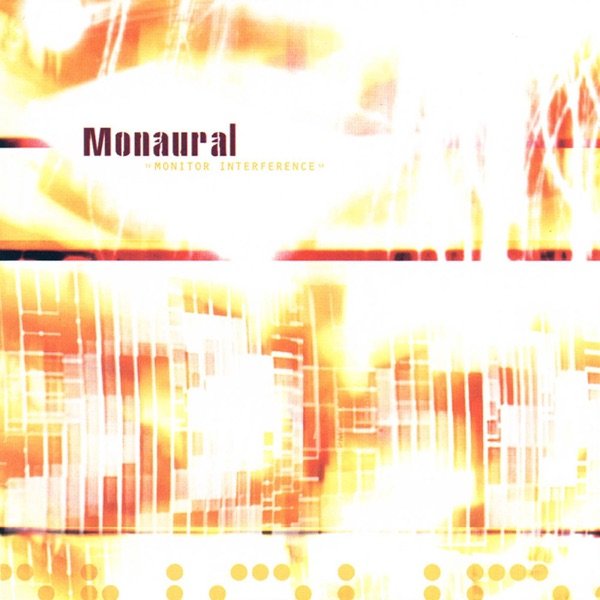Michigan already has a position of distinction when it comes to musical impact, not least due of course to Motown’s world-changing work in the 1960s and the rise and explosion of techno with its roots in 1980s Detroit. Not to mention that native from Bay City by the name of Madonna, who a lot of people might be slightly familiar with. The state’s rock music legacy is of course hardly less storied. It can be heard in the continuing fallout from the garage band and protopunk sounds created by ? and the Mysterians, the Stooges and the MC5, the entrenched classic rock warhorses like Bob Seger and Ted Nugent or the turn of the millennium breakouts by the White Stripes and the hip-hop-turned-country-bro-cosplayer Kid Rock. But besides the big bands and stars there were plenty of remarkable acts flying more under the radar, including members of what’s now considered the state’s 1990s space rock scene.
‘Space rock’ as a term has essentially existed as a free-floating signifier for decades, emerging as one of the catchall tags for any number of bands, whether European, American or elsewhere, that took cues from the more exploratory side of late 1960s rock music, especially as it drew on or was compared to the wider cultural resonances of everything from the effort to land on the moon to cryptically fascinating science fiction movies and novels and beyond. Pink Floyd arguably had a certain pride of place thanks to notable early songs like “Astronomy Domine” and “Set The Controls For the Heart of The Sun,” but acts like Hawkwind, not least due to its famed Space Ritual release, and Tangerine Dream plus many other of its fellow artists from Germany, like Ash Ra Tempel and Popul Vuh, loosely grouped as kosmische music, all fit the bill. Sonically there wasn’t a through line – Prog rock? Psychedelic? Electronic? Hard rock? Head music? Proto-metal? – but there was a sense of trippy exploration, longer improvisations and more besides.
Michigan’s scene as such – as open to multiple approaches as those covered by the original umbrella term was – certainly had plenty of roots in such forebears, but also drew on numerous more recent acts, notably the twin family trees of 1980s UK acts Spacemen 3 and Loop, finding new fusions and ways to push guitar-driven heavy psychedelic zones into the heads of new generations. At around the same time in the UK, shoegaze was starting to take shape as its own affiliated if often gentler and poppier approach towards tripping out via guitar overload and overwhelming flow, while the popularity of an underground fanzine network dedicated a lot of work in this general field, particularly the UK based Ptolemaic Terrascope, further celebrated such approaches past and present. American shoegaze itself had a notable early ground zero in 1990s Arizona, but Michigan’s parallel approach was more commonly termed as ‘space rock,’ whether as a handy tag for record catalog listings or as a new way to embrace the older term with wider parameters. Ultimately, it stuck.
If any label was the perceived home of the sound, the Dearborn-founded and based Burnt Hair was ground zero, literally starting in 1990 thanks to founder Larry Hoffman, a DJ for the radio station of that city’s Henry Ford College. While not limiting itself to Michigan bands by any means – one of its most notable early releases was the full-length debut by the now legendary Arizona shoegaze band Alison’s Halo – Burnt Hair provided an understandable nexus point for the likeminded in the area and the state beyond that. With any number of intertwined family trees and connections and more, acts like Majesty Crush, Asha Vida, Windy & Carl, Füxa, Auburn Lull and many more (including Michigan-to-Arizona-to-Chicago transplants lovesliescrushing) put out albums and singles of note, played out both locally and well beyond, and became mainstays for a group of dedicated listeners across the world over time. If the hothouse nature of the time and place didn’t last, many of its participants happily continued to work well into the future.
Arguably the White Stripes themselves might have been the reason why said scene fell into relative shadow, given their own particular aesthetic approaches combined with their huge success. However, credit to Jack White thanks to his Third Man Records imprint, because in 2020 they released an enjoyable retrospective of the time and place, Southeast of Saturn, with liner notes and mastering, respectively, from two native sons, Dave Segal and His Name Is Alive’s Warren Defever. It’s a solid starting point for those wanting to take a deeper dive into both the ongoing work and the deeper legacies of the many inspired musicians who wanted to make a truly rich and multileveled scene of sonic possibilities their own, and with both a related sequel compilation and individual reissues out there in turn, there’s plenty to explore.


